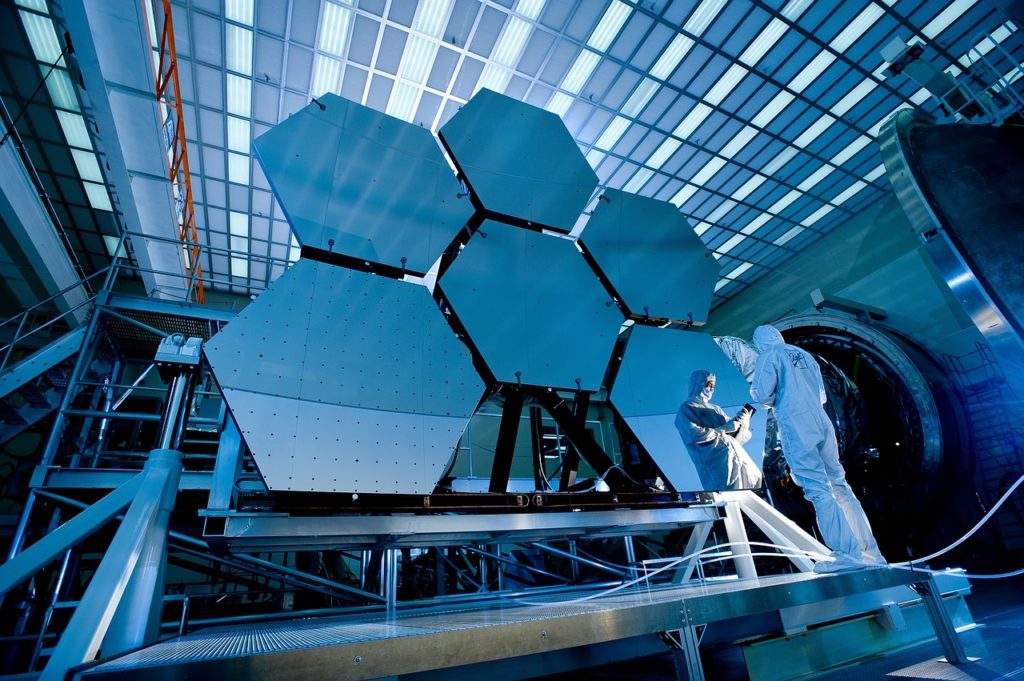The Aerospace Corporation’s Intelligence Innovation and Analytics department is working to use artificial intelligence to help detect potential space threats to Earth. Currently, NASA’s Planetary Defense Coordination Office constantly monitors the skies and the human eye remains the best tool for analyzing images captured by telescopes, but that could change soon.
The Aerospace Corporation wants AI to play a leading role in this area and that is why, together with scientists from the Catalina Sky Survey observatory in Tucson, they have collected 100 TB of data to develop and train an artificial intelligence model designed to correctly identify potential threats in less time.
This model, called NEO AID, is being tested at the Catalina Sky Survey itself and, according to initial analyses, has increased the previous performance by 10%. However, this new technology is intended to complement current detection methods, not replace them, as the idea is to create neural networks that mimic the way our eyes and brains classify images of the night sky taken by telescopes.
NASA’s Center for Near-Earth Object Studies says that more than 90 percent of NEOs larger than a kilometer have already been discovered, so the focus is on finding a similar percentage of those larger than 140 meters. However, there are still space rocks in the 10- to 20-meter diameter range that come closer than the distance from Earth to the Moon. That happens at least once or twice a month, and if one of these objects were to hit a highly populated area, it would cause significant damage.
Jon Neff, AI project leader, says that as with cancer, the key to survival is early detection and diagnosis. That’s why the first step in this survey is to point telescopes where they can find high-inclination objects. Then, it’s sorting through millions of images to find those that pose a danger. “If we can detect threats early enough, we may have time to deflect them,” Neff concludes.




